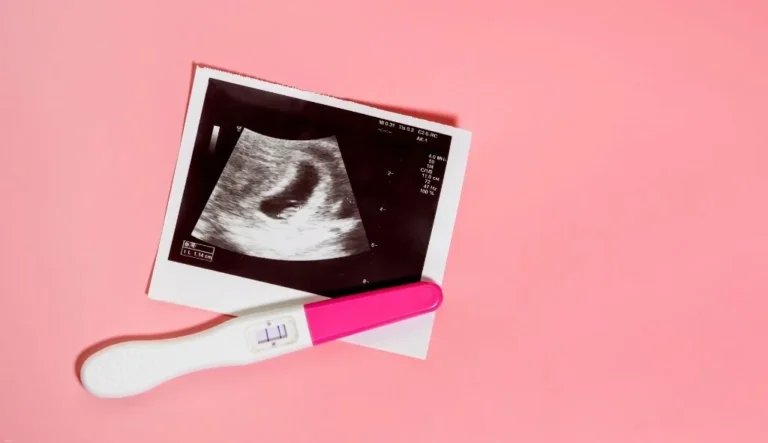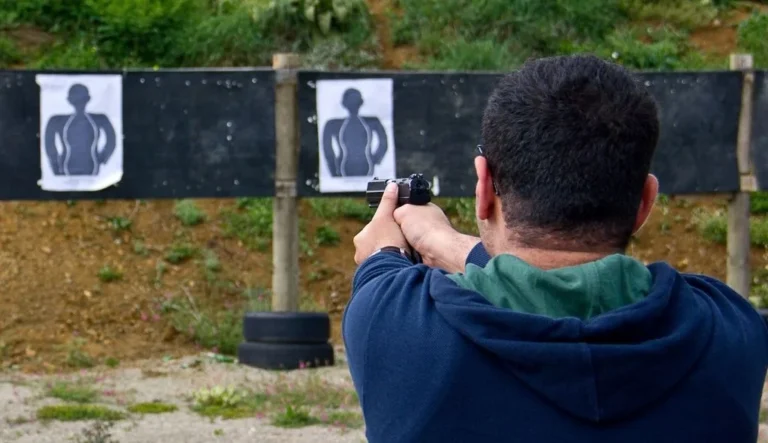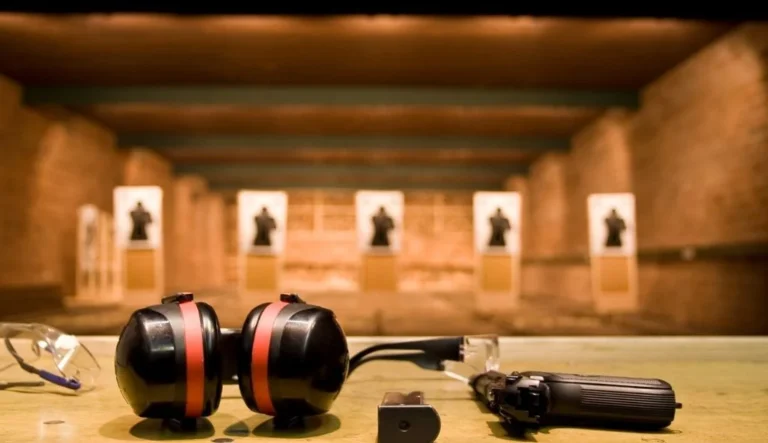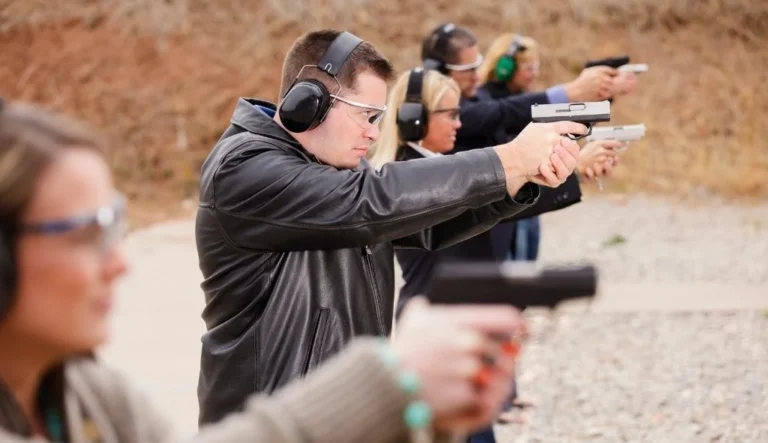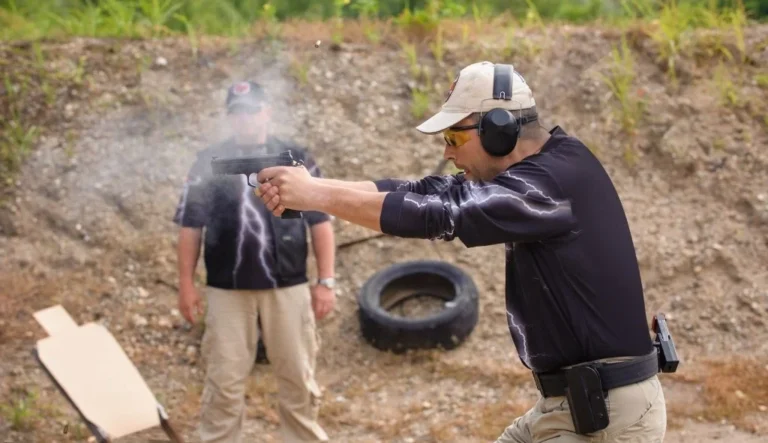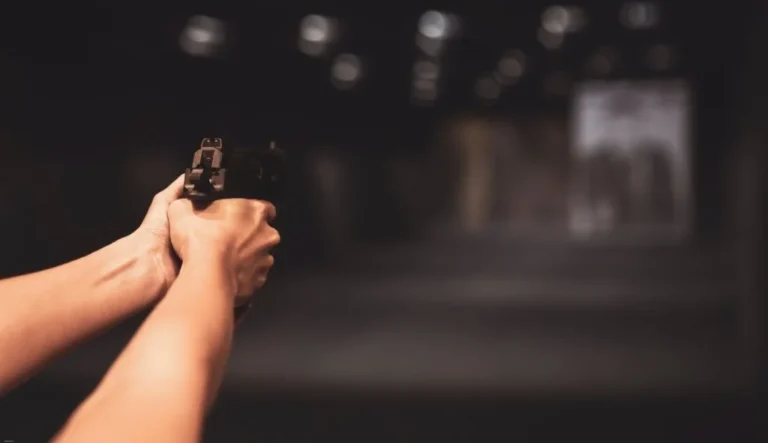Transporting a gun to a shooting range requires careful planning and adherence to safety protocols. Unload the firearm, secure it in a locked case, and store ammunition separately. Follow local laws and range rules for safe, legal transport.
Choosing the Right Case for Firearm Transport
Selecting an appropriate case is crucial for safely transporting your firearm to the shooting range. The case serves multiple purposes: it protects your gun from damage, prevents unauthorized access, and complies with legal requirements in many jurisdictions.
Types of Gun Cases
There are several types of gun cases available, each with its own advantages:
- Hard Cases: These rigid cases offer the highest level of protection for your firearm. They are typically made of durable plastic or metal and feature foam inserts that can be customized to fit your specific gun model.
- Soft Cases: While not as protective as hard cases, soft cases are lightweight and easier to carry. They are often padded and may have additional pockets for accessories.
- Range Bags: These versatile bags are designed to carry multiple handguns along with ammunition and other range essentials. They often have separate compartments for firearms and ammo.
Features to Look for in a Gun Case
When selecting a case for transporting your firearm to the shooting range, consider the following features:
- Lockable: Many jurisdictions require firearms to be transported in locked containers. Choose a case with built-in locks or the ability to add padlocks.
- Proper Size: The case should fit your firearm snugly to prevent movement during transport.
- Durability: Look for cases made of sturdy materials that can withstand the rigors of travel and protect your gun from impacts.
- Weather Resistance: If you’ll be transporting your firearm in various weather conditions, consider a case with some level of water resistance.
Preparing Your Firearm for Transport
Before placing your gun in its case, you must ensure it is properly prepared for safe transport. This process involves several critical steps to maintain safety and comply with regulations.
Unloading the Firearm
The first and most crucial step in preparing your gun for transport is to unload it completely. Follow these steps:
- Point the firearm in a safe direction.
- Remove the magazine if your gun has one.
- Open the action and visually inspect the chamber to ensure it’s empty.
- For revolvers, open the cylinder and remove all rounds.
Engaging Safety Mechanisms
Once the firearm is unloaded, engage all available safety mechanisms:
- Set the manual safety to the “on” or “safe” position if your gun has one.
- For some firearms, you may need to decock the hammer.
Using Chamber Flags or Locks
For added safety and to visually indicate an unloaded status:
- Insert a chamber flag into the empty chamber. This brightly colored plastic device clearly shows the gun is unloaded.
- Alternatively, use a cable lock that threads through the action, preventing it from being closed.
Cleaning and Maintenance
Before transport, perform a quick inspection of your firearm:
- Ensure the barrel is clear of any obstructions.
- Wipe down the exterior to remove any dirt or moisture.
- If you’ve recently cleaned the gun, make sure all cleaning solvents have been removed.
Packing Your Firearm and Accessories
Once your firearm is prepared, it’s time to pack it along with any necessary accessories for your range trip. Proper packing ensures safety, compliance with laws, and convenience at the range.
Placing the Firearm in the Case
Follow these steps to securely pack your firearm:
- Place the unloaded firearm in the case, ensuring it fits snugly in any foam cutouts.
- If using a soft case, consider wrapping the gun in a soft cloth for additional protection.
- Make sure the muzzle is pointing in a safe direction within the case.
Packing Ammunition
Ammunition should always be stored separately from the firearm during transport:
- Use a separate, lockable container for ammunition.
- Many range bags have specific pockets for ammo storage.
- Keep original packaging when possible, as it’s designed for safe ammo transport.
Essential Accessories
Include these items in your range bag or gun case:
- Eye and ear protection
- Targets and a stapler or tape for hanging targets
- Cleaning kit for basic maintenance at the range
- Notepad and pen for recording your shooting data
Documentation
Always carry the following documents:
- Your firearms license or permit, if required in your jurisdiction
- Range membership card, if applicable
- Photo ID
Legal Considerations for Transporting Firearms
Understanding and complying with firearm transportation laws is crucial for gun owners. These laws can vary significantly between jurisdictions, so it’s essential to be well-informed about both local and federal regulations.
Federal Laws on Firearm Transportation
The Firearm Owners Protection Act (FOPA) provides some protection for gun owners traveling across state lines:
- FOPA allows the transport of firearms from one location where you may legally possess the firearm to another location where you may legally possess it.
- During transport, the firearm must be unloaded and not readily accessible from the passenger compartment.
- If the vehicle doesn’t have a separate compartment, the firearm must be in a locked container other than the glove compartment or console.
State and Local Laws
State and local laws can be more restrictive than federal laws:
- Some states require firearms to be transported in a specific manner, such as in a locked container in the trunk.
- Certain jurisdictions may have additional requirements for transporting ammunition.
- Some areas may require you to take the most direct route to and from the shooting range.
Concealed Carry Considerations
If you have a concealed carry permit:
- Check if your permit is recognized in the areas you’ll be traveling through.
- Even with a permit, some locations may prohibit carrying firearms.
- Be aware that different rules may apply when carrying versus transporting an unloaded firearm.
Range-Specific Rules
Many shooting ranges have their own rules for bringing firearms onto the premises:
- Some ranges require firearms to be cased until you’re at the firing line.
- Certain ranges may have restrictions on types of firearms or ammunition allowed.
- Always check the range’s website or call ahead to confirm their specific policies.
Safe Handling During Transport
Even when your firearm is unloaded and cased, maintaining safe handling practices during transport is crucial. This ensures the safety of yourself and others, and helps prevent accidents or misunderstandings.
Vehicle Placement
Where you place your firearm in your vehicle is important:
- If your vehicle has a trunk, place the locked gun case in the trunk.
- For vehicles without a trunk, put the case as far back as possible, out of reach of the driver and passengers.
- Never leave a firearm visible in your vehicle, even if it’s in a case.
Maintaining Control
Always maintain control of your firearm during transport:
- Don’t leave your gun case unattended in your vehicle.
- If you must stop during your trip, take the firearm with you if possible and legal to do so.
- If you can’t take it with you, ensure your vehicle is securely locked.
Handling at Fuel Stops
Exercise extra caution when stopping for fuel:
- Lock your vehicle when you exit to pay or pump gas.
- Be discreet when handling your range bag or gun case.
- If possible, plan your trip to avoid unnecessary stops.
Interacting with Law Enforcement
If you’re stopped by law enforcement while transporting your firearm:
- Keep your hands visible and follow the officer’s instructions.
- Inform the officer immediately that you’re transporting a firearm and where it’s located.
- Do not reach for your gun or case unless instructed to do so by the officer.
Arrival at the Shooting Range
Upon arriving at the shooting range, it’s important to follow proper procedures to ensure safety and compliance with range rules. Each range may have slightly different protocols, but these general guidelines apply to most situations.
Parking and Unloading
When you arrive at the range:
- Park in designated areas, typically away from the firing line.
- Do not uncase your firearm in the parking lot.
- Gather all your equipment before heading to the check-in area.
Check-In Procedures
Most ranges require you to check in before proceeding to the firing line:
- Keep your firearm cased until you’re instructed otherwise.
- Present any required documentation (ID, range membership, etc.).
- Listen carefully to any safety briefings or special instructions.
Moving to the Firing Line
Once you’re cleared to enter the range:
- Follow designated paths to your assigned lane or area.
- Do not uncase your firearm until you’re at your shooting position.
- Always keep the muzzle pointed in a safe direction, typically downrange.
Uncasing Your Firearm
When you’re ready to begin shooting:
- Place your case on the bench with the opening facing downrange.
- Open the case and leave the firearm inside.
- Wait for a cease-fire or safe condition to handle your firearm, if required by range rules.
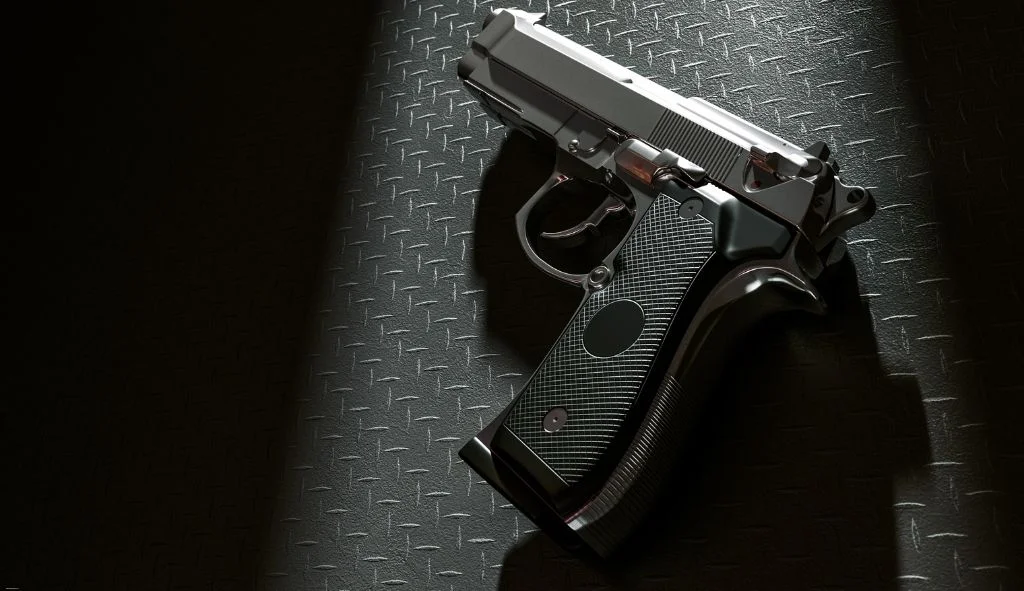
Range Safety and Etiquette
Adhering to range safety rules and proper etiquette is crucial for a safe and enjoyable shooting experience. These practices not only protect you but also ensure the safety of others at the range.
Basic Range Safety Rules
Always follow these fundamental safety rules:
- Treat every firearm as if it’s loaded.
- Keep your finger off the trigger until you’re ready to shoot.
- Always point the muzzle in a safe direction, typically downrange.
- Be sure of your target and what’s beyond it.
Range Commands
Familiarize yourself with common range commands:
- “Cease Fire”: Immediately stop shooting, unload your firearm, and step back from the firing line.
- “Range is Hot”: Shooting may commence or resume.
- “Range is Cold”: All firearms must be unloaded and actions open.
Personal Protective Equipment
Always use appropriate safety gear:
- Eye protection: Wear impact-resistant shooting glasses at all times.
- Ear protection: Use either earplugs or over-ear muffs, or both for maximum protection.
Range Courtesy
Practice good range etiquette:
- Clean up after yourself, including picking up spent casings.
- Be mindful of other shooters and avoid disturbing their concentration.
- If you’re unsure about anything, ask a range officer for assistance.
Returning Home from the Range
After your shooting session, it’s important to properly pack up your firearm and equipment for the return trip home. This process is similar to preparing for the trip to the range, with a few additional considerations.
Cleaning and Inspection
Before packing your firearm:
- Perform a basic field strip and cleaning if facilities are available.
- Inspect your firearm for any signs of wear or damage.
- Ensure the firearm is completely unloaded.
Packing Up
Follow these steps to safely pack your equipment:
- Case your firearm following the same procedures as before.
- Securely pack all ammunition separately from the firearm.
- Collect all your personal belongings and double-check that you haven’t left anything behind.
Vehicle Loading
When loading your vehicle:
- Place the firearm case in the trunk or out of reach in the passenger compartment.
- Ensure cases are not visible from outside the vehicle.
- Lock your vehicle if you need to make any stops on the way home.
Post-Trip Maintenance
Once you’re home:
- Perform a thorough cleaning of your firearm.
- Store your firearm and ammunition in separate, secure locations.
- Review any notes or targets from your range session to track your progress.
Cost to Go to a Shooting Range
Frequently Asked Questions
Here are some common questions about transporting firearms to shooting ranges:
Can I stop for errands while transporting my firearm to the range?
It’s best to go directly to the range and back home. If you must stop, keep your firearm secured and out of sight in your locked vehicle.
Do I need a special license to transport a firearm to a shooting range?
Requirements vary by location. Check your local laws, but generally, you need to legally own the firearm and follow proper transportation procedures.
Can I transport someone else’s firearm to the range?
This depends on local laws. In many places, you can transport a firearm you don’t own if you’re legally allowed to possess firearms and have the owner’s permission.
What should I do if I’m pulled over while transporting my firearm?
Inform the officer immediately that you have an unloaded, cased firearm in the vehicle. Follow their instructions and provide any required documentation.
Can I transport a loaded magazine separately from the firearm?
In most cases, yes, but it’s safest to transport ammunition separately from the firearm. Check your local laws for specific requirements.

